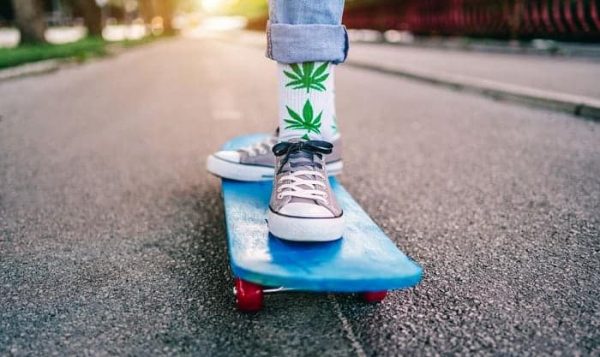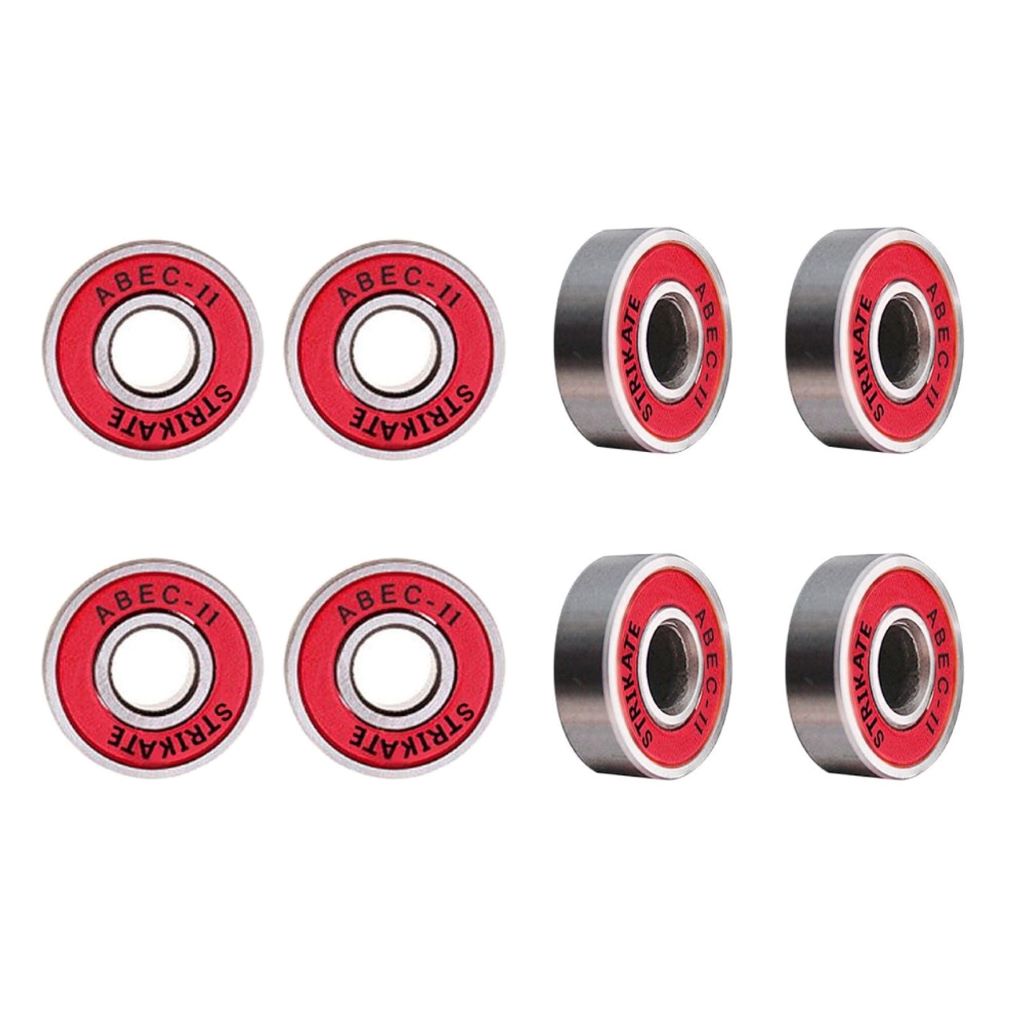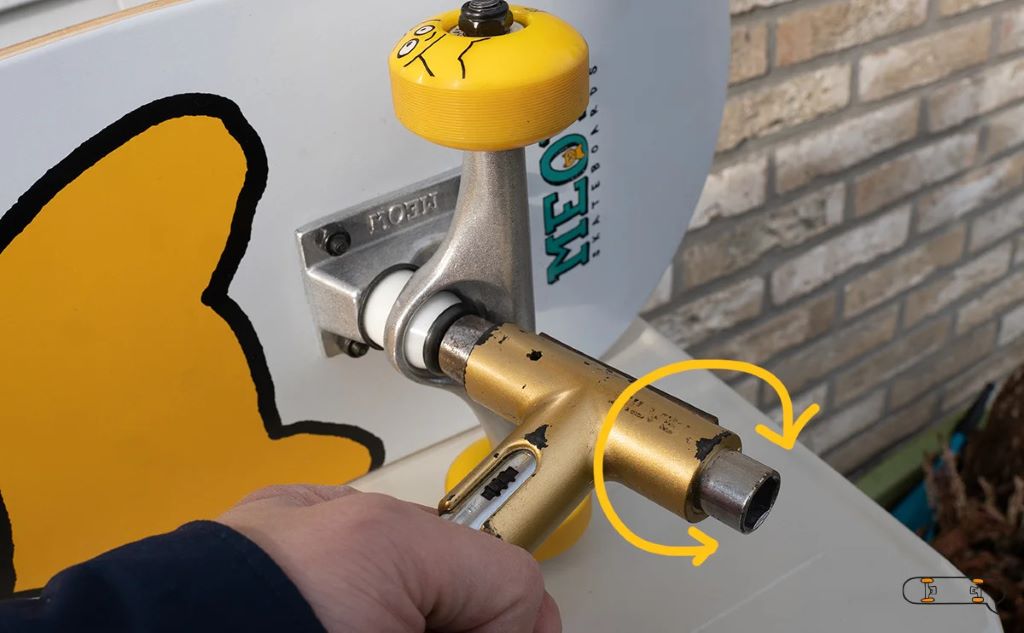Skateboarding is an exciting sport with a variety of tricks. It’s important that you learn how to stand on a skateboard to avoid hurting yourself. Learning how to stand on a board will help you get started in the sport and keep you safe while doing it. Follow these steps and tips for learning how to stand on a skateboard.
How to stand on a skateboard?
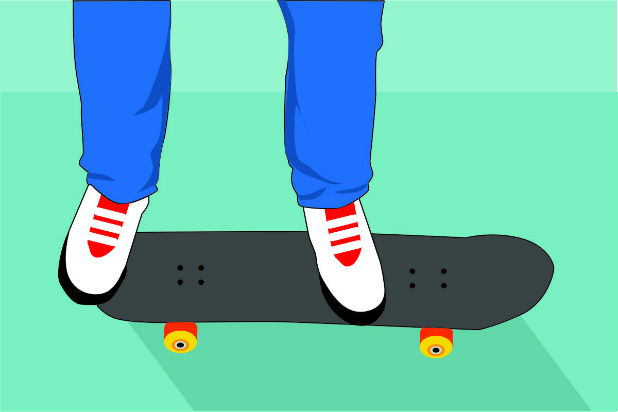
You will find that you can ride a skateboard by simply standing on it and pushing off with one foot. In fact, this is how most people learn how to stand on a skateboard. However, there are some skills that you need to develop first before attempting any tricks or jumps which require the ability to balance while moving quickly over rough terrain.
The best way for beginners who want an easy start is to use an old-fashioned long board without any wheels at all. If you succeed in learning how to do simple things like balancing, turning around and moving forward at low speed without falling off then your next task will be learning how to roll over small bumps in the road – something which may seem very difficult at first but will become easier as time goes by through practice sessions where each step is carefully planned out beforehand in order not only avoid making mistakes but also prevent injury during practice sessions where each step is carefully planned out beforehand not only avoid making mistakes but also prevent injury during practice sessions between buddies who know what they’re doing).
Most skateboarders are not born. They are made. And a lot of people want to make the jump from sitting down on a skateboard to standing up. But that’s not as easy as it sounds! The first step is learning how to stand on the board without falling back. Here’s what you need to do:
Learn to stand on a skateboard
If you’re just learning how to stand on a skateboard, it’s best to start with a smaller board. This way, you won’t feel as nervous and will be able to focus on your technique instead of worrying about falling off or breaking your gear. If you have no idea where to begin: don’t worry! There are many different ways that people learn how to stand on a skateboard, but one thing is certain: practice makes perfect.
Practice standing on a skateboard
To learn how to stand on a skateboard, practice standing up from the ground and balancing on your skateboard. You can do this in front of a mirror to make sure you’re doing it correctly. Practice with friends too by having them watch you as you practice so they can tell if something looks wrong.
Once you feel like you’ve mastered that skill, try practicing in different places around the house: over rugs, on tile flooring (as opposed to wood), in small rooms like closets or bathrooms—anywhere where there may be slight variations in the surface beneath your feet.
Finally, once you feel confident with all of those skills, try practicing with different types of skateboards: longboards vs shortboards vs cruisers vs slalom boards vs freestyle boards etc…
Jump on the board
Now it’s time to jump on the board. Stand with your feet in the right place, and then push off once you can balance on the board.
When riding forward, lean back a little so that your weight is over your heels and not over the toes of your shoes. This will help you keep control of your skateboard.
Stand up straight
To stand up straight and keep your balance, you’ll need to keep your back straight, head up, and shoulders back. This is the same stance that you would take when standing at attention in the military or practicing meditation. Your knees should be bent slightly with your feet parallel and flat on the ground.
If you feel like this stance is too awkward or uncomfortable, try taking a few steps before attempting to skate with full confidence.
Let go of the ground when you are balanced
Now that you have learned the basic standing positions, it is time to learn how to do a small jump. This will help you get over small obstacles on your way or simply add some fun to your skateboarding experience.
Before jumping, make sure that your body is in balance and stable; otherwise you may fall down while landing.
In order to do a jump, first push up with one foot while firmly holding onto the board with both hands. When lifting off the ground, keep all four limbs straight in order to maintain balance throughout the movement and land smoothly back on top of the skateboard without losing control over any part of its motion (i.e., not falling off).
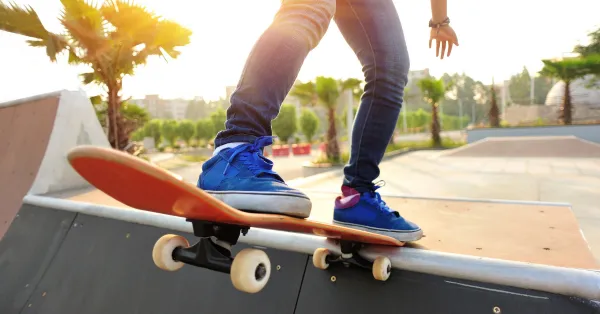
Start with your feet in the right place
First, you’ll want to position your feet. It’s easy to get overwhelmed by the complexities of this step, but if you just follow a few simple rules (like keeping your knees bent), you’ll be well on your way to becoming a deft skateboarder in no time. Your feet should be at least shoulder-width apart and with the front foot slightly in front of the back foot. You may also wish to position your feet so that they are parallel with each other; this will help keep them from slipping out from under you as you move around on top of this slippery surface! If balancing is difficult for you, try moving your feet closer together—this should help shift more weight onto each leg and give yourself more stability while standing upright
Push off once you can balance on the board
Once you can balance on the board, it’s time to push off. You can push off with either foot or both feet, depending on what feels most comfortable for you. However, whether you choose to push off with your front or back foot will make a difference in how easily you balance yourself on the board.
The easiest way to learn how to stand on a skateboard is by starting out with pushing off at an angle where all four wheels are touching the ground and making sure that none of them is rolled over onto one side. This will put less stress on your ankles, hips and knees when learning how stand on a skateboard since they won’t be as strained by having all four wheels rolling over unevenly as they would if you were trying to balance yourself while rolling only on three wheels (the same way walking requires different muscles than running).
Lean back when you ride forward
You may be wondering how to stand on a skateboard. You can learn by watching a professional or by practicing your skills in private.
If you are standing on a skateboard and want to move forward, lean toward the direction in which you wish to go. For example, if you want to go left, then lean slightly over onto your right side. This will cause your wheels (usually made of rubber) to grip the ground better, making it easier for them to roll with more speed and force than if they were slipping around freely on top of the pavement or concrete surface beneath them.
And even if you don’t know how much weight should go into any given one of these motions yet, always remember that leaning too far back could cause problems! If someone who’s just learning tries this without having much knowledge about how it works yet then chances are good that they’ll fall off their board very quickly; so be careful when trying anything new like this until after practice sessions have been completed successfully several times already!
The more you practice, the better.
Practice, practice and practice some more. The more you practice, the better you will become at skateboarding.
Practice at least a few times a week for about 30 minutes at a time. Try different things each time you skateboard so that your body learns how to do new things.
Practice in different places. This can be challenging because it may not be safe for you to skateboard in certain places, but if there is an empty parking lot or grassy area nearby where people won’t bother you while you’re practicing then use this opportunity to try out new tricks.
It’s also important to practice with other people who are also trying harder than they were before they started learning how to stand on a skateboard! Just like anything else in life – when we work together we get better results faster!
Conclusion
Hopefully, you now feel more confident in your ability to stand on a skateboard. I would like to remind you that skateboarding is not an easy sport, but with practice and patience it can be mastered by anyone. Keep skating!

